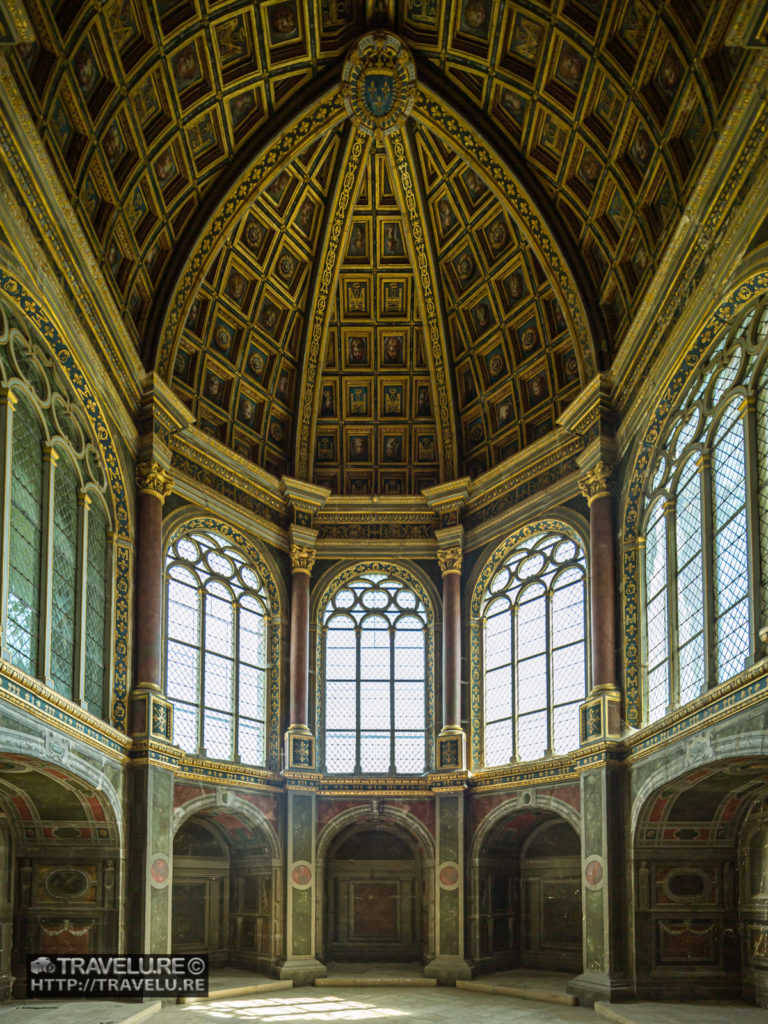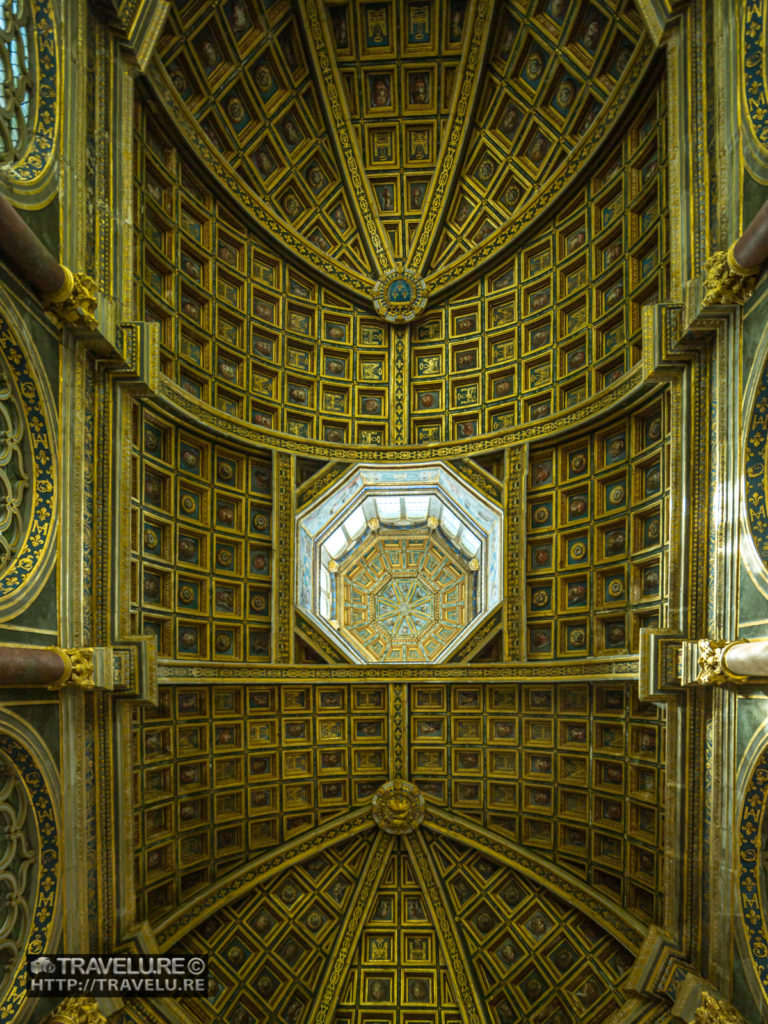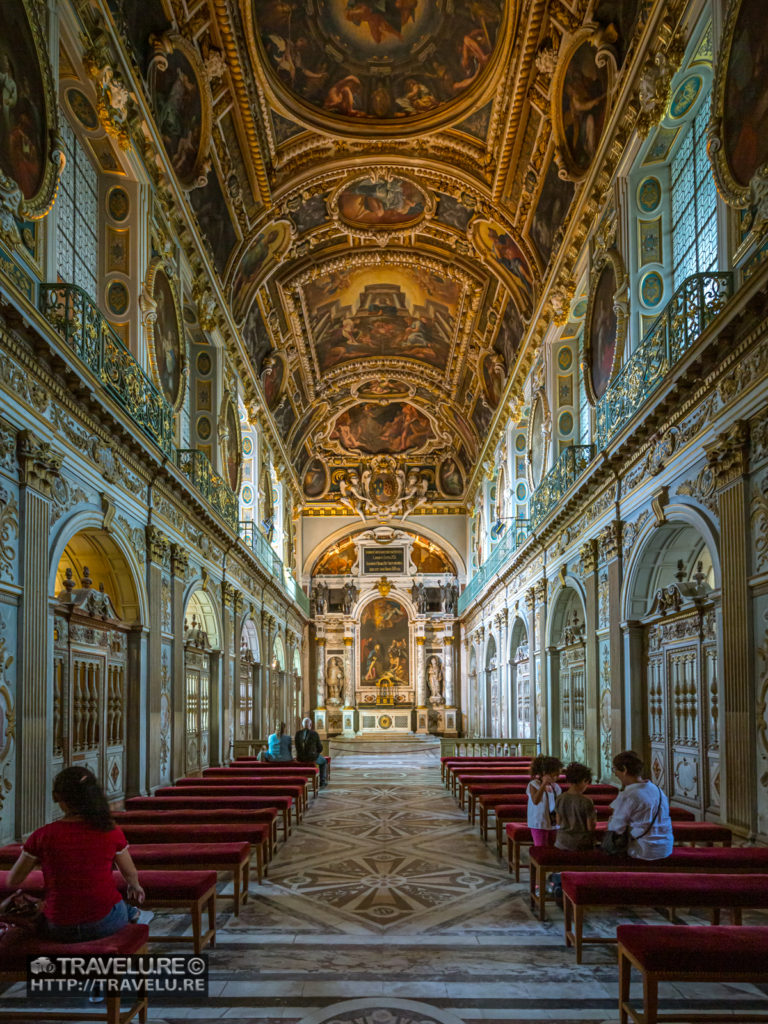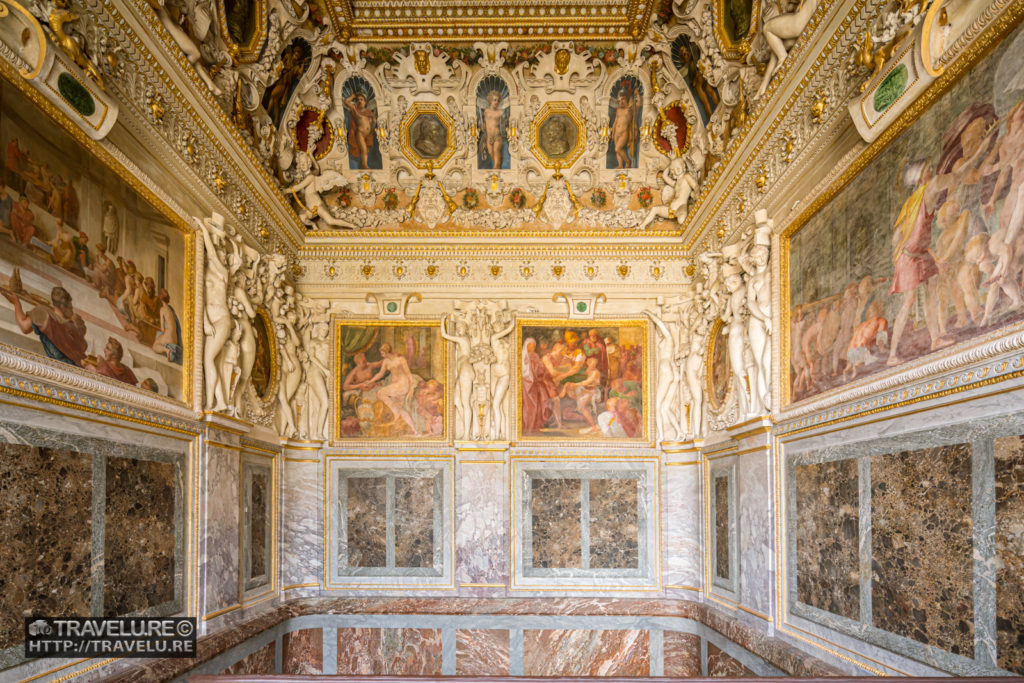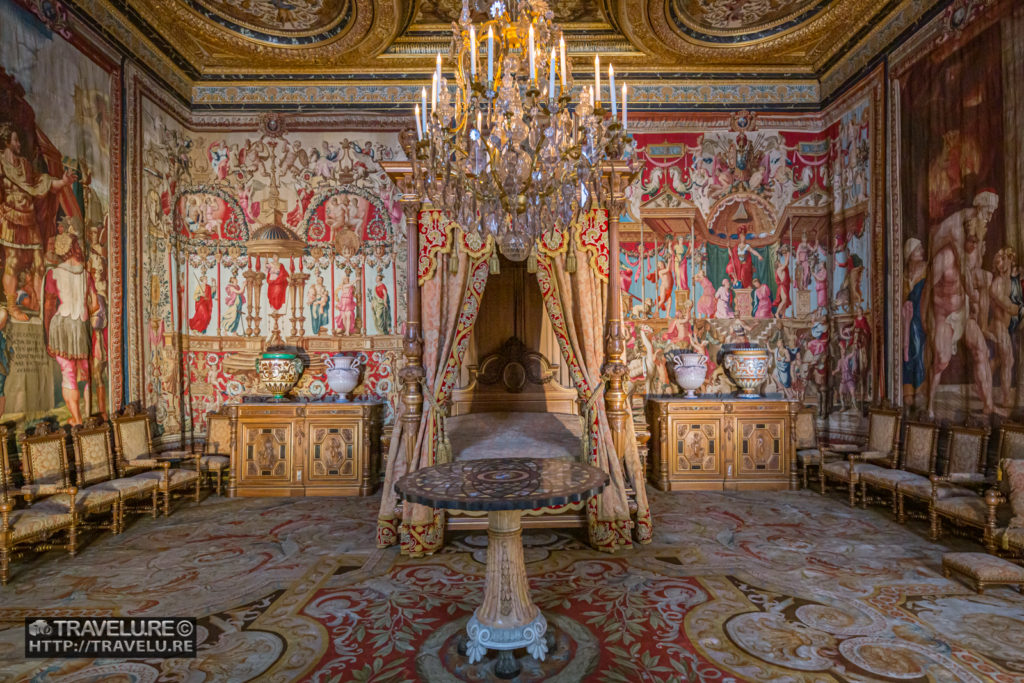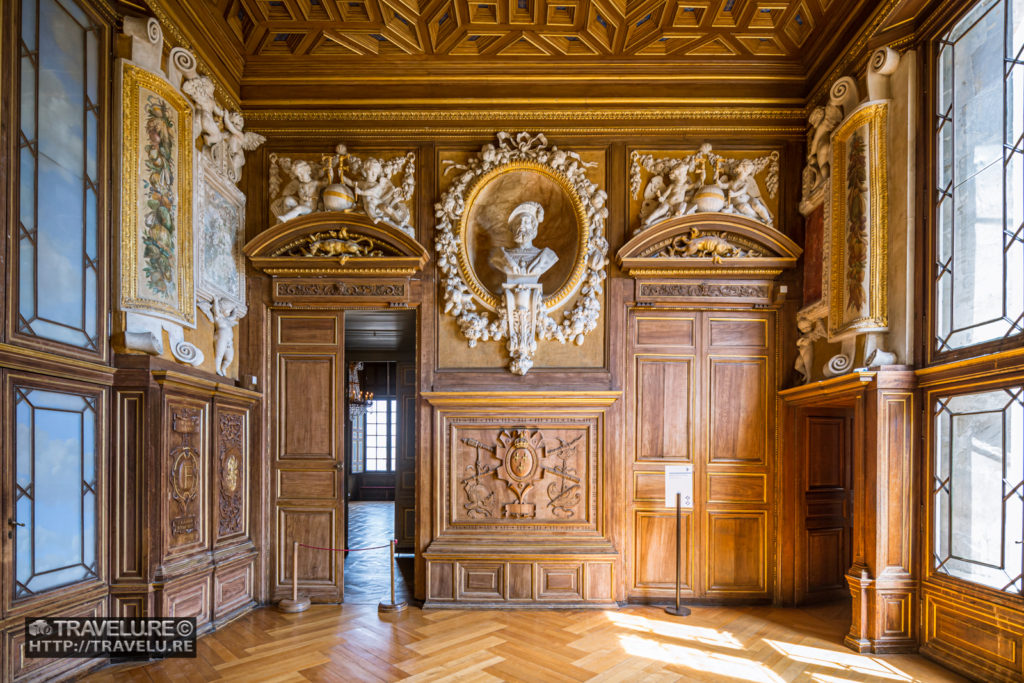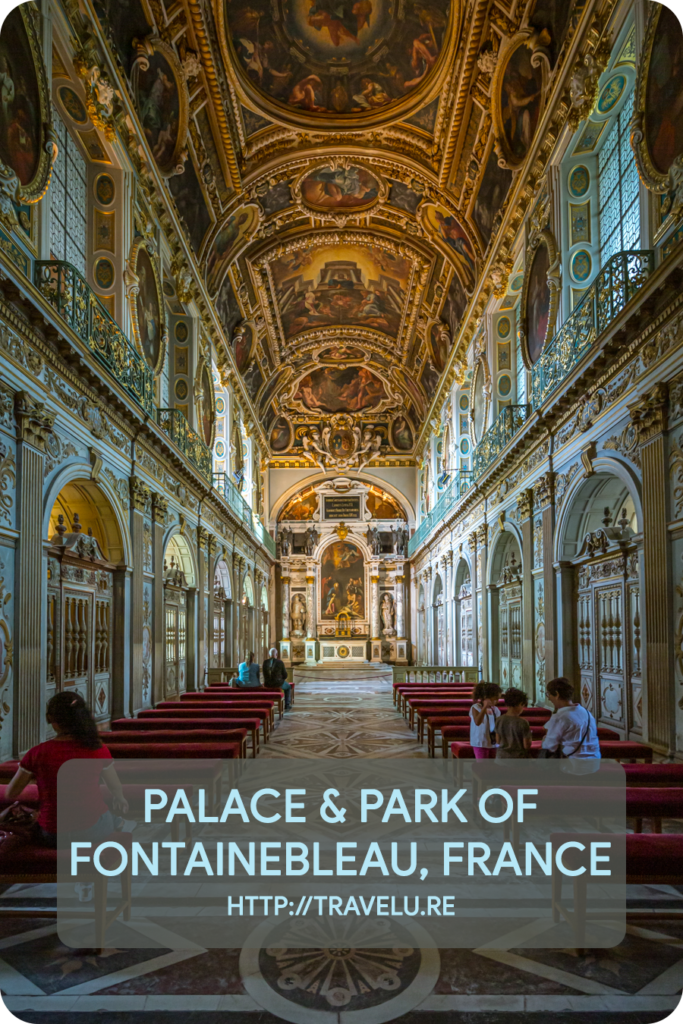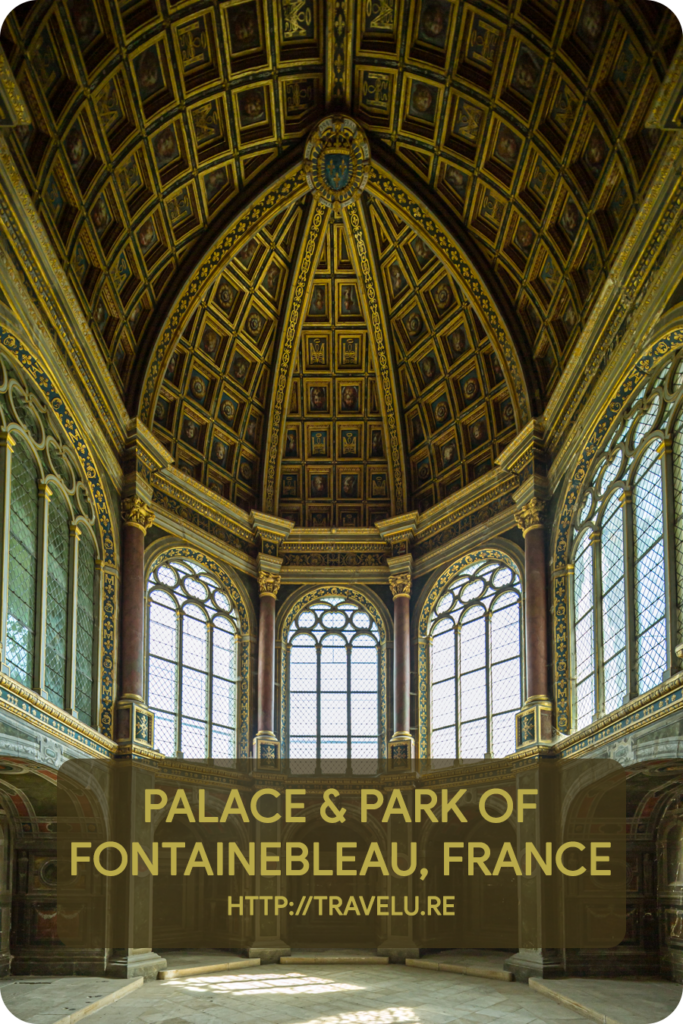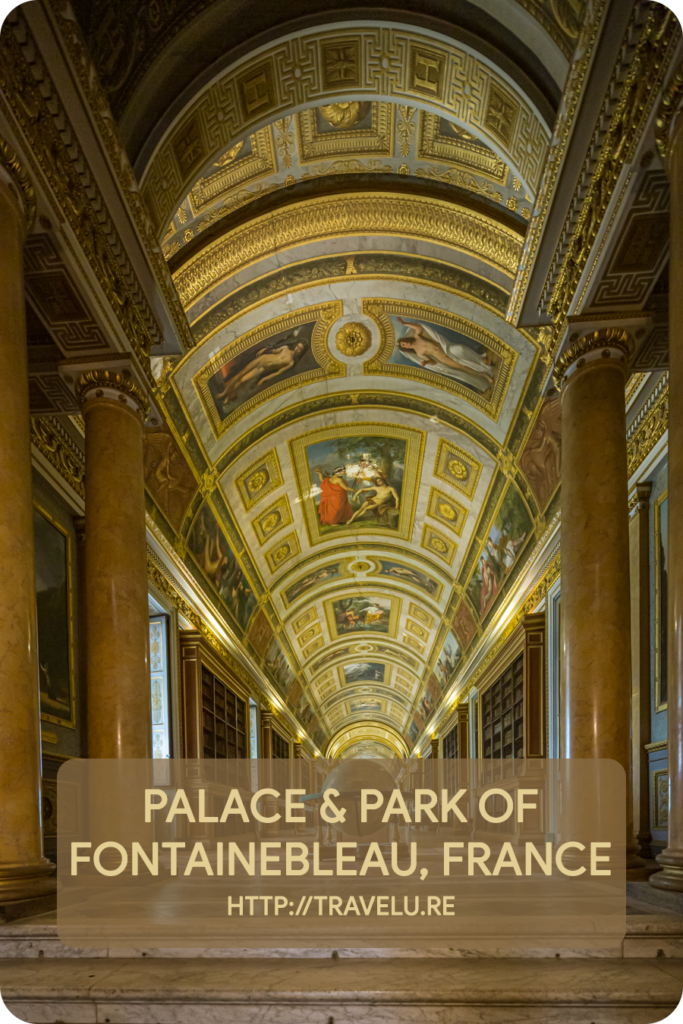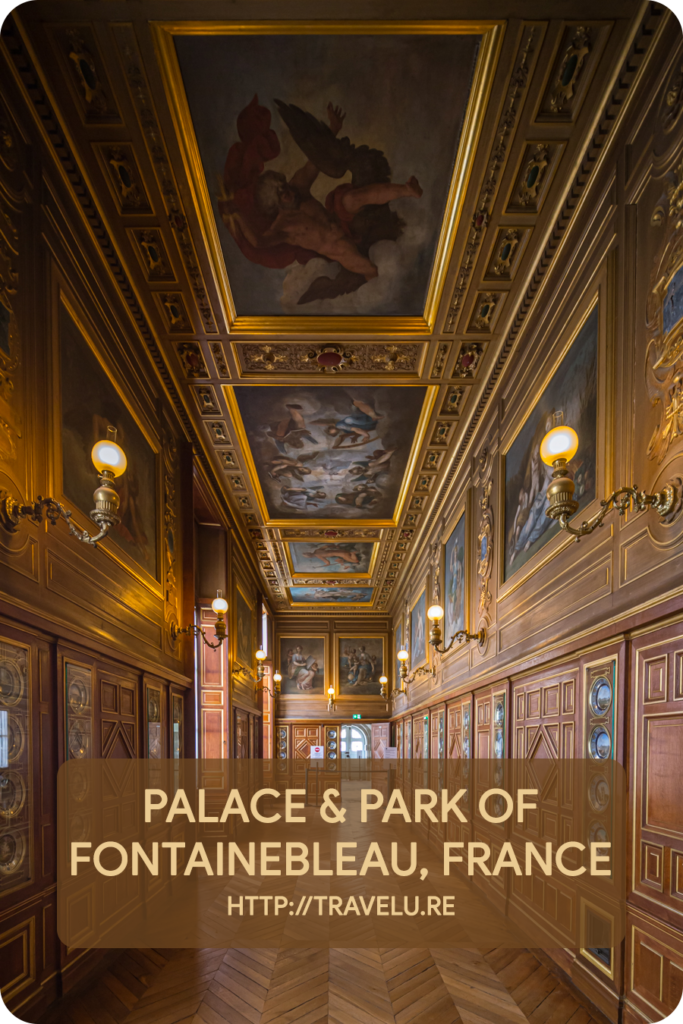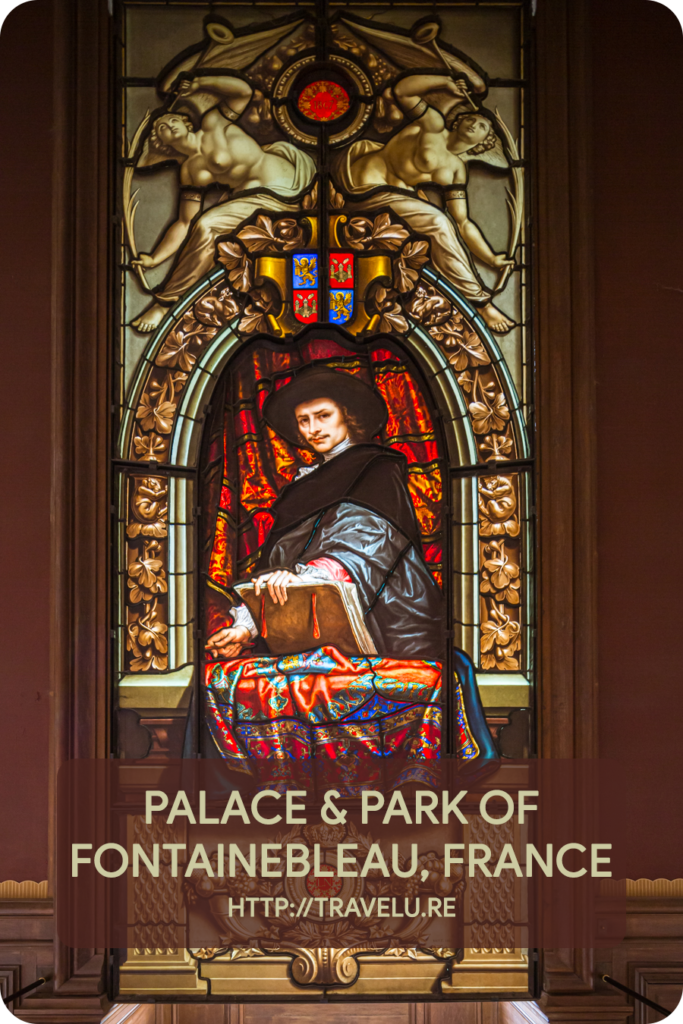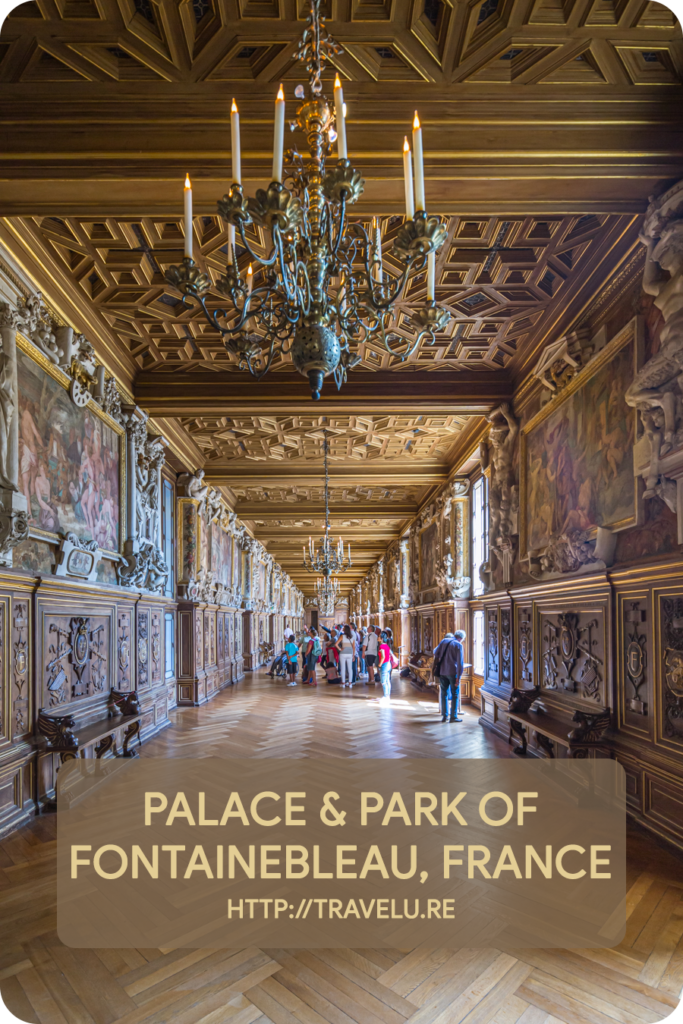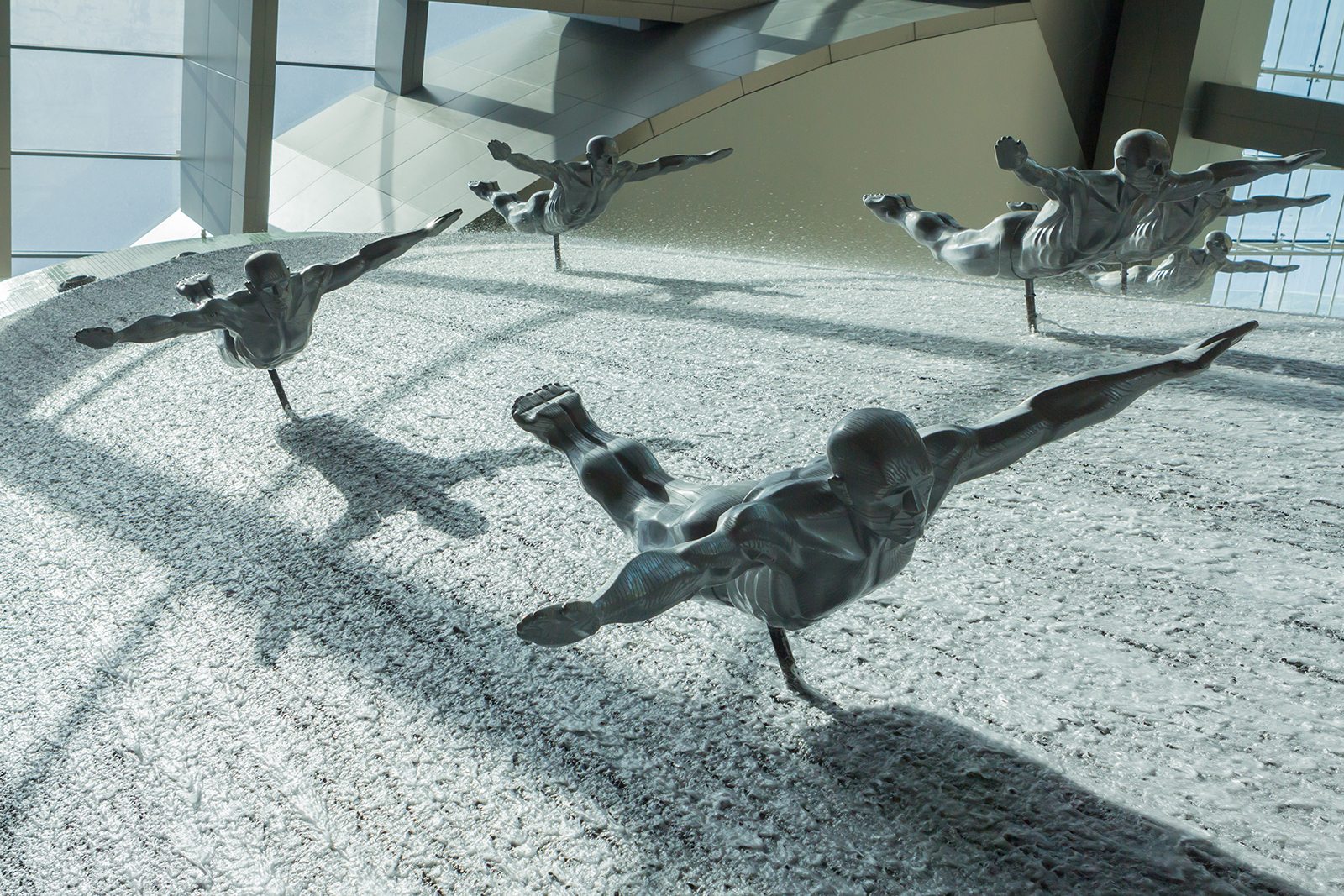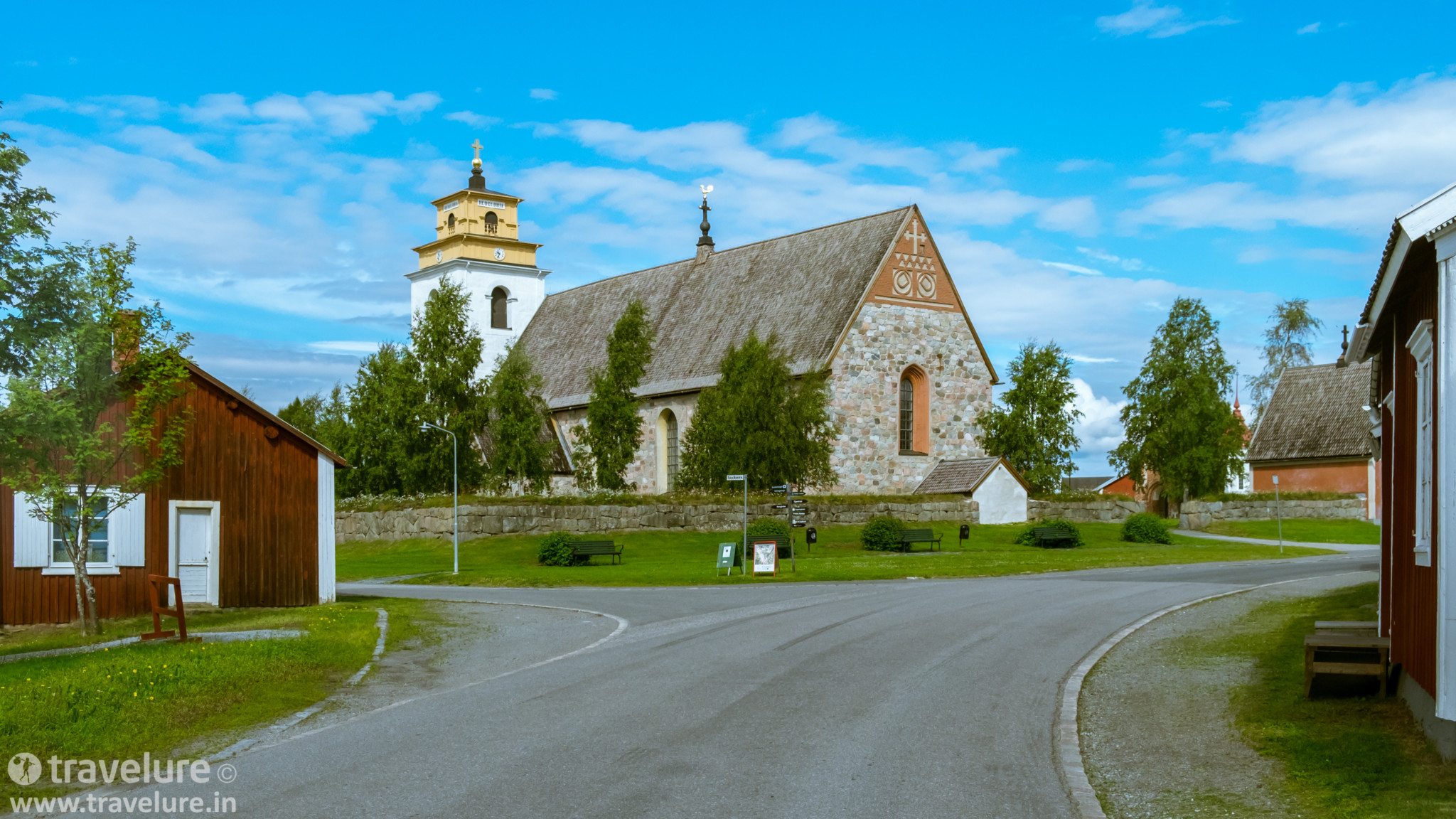Palace and Park of Fontainebleau, France
If the gardens of the Chateau of Vaux-le-Vicomte in Maincy started the Louis XIV style of architecture, the commune of Fontainebleau pioneered a school of painting. The world knows this little town 80-km south of Paris more for INSEAD (Institut Européen d’Administration des Affaires), an institute that calls itself the business school for the world. A lesser-known neighbour of INSEAD is the chateau of Fontainebleau.
And its being lesser known is a surprise.
For it is not a simple chateau, since this misleading term today means a large country house held by a noble family. It is a vast palace that held an attraction for an unbroken line of French royals for over eight centuries as a hunting lodge. Ensconced at the edge of the forest of Fontainebleau, this residence served the kings during their two-month-break at the de facto royal game preserve every fall.
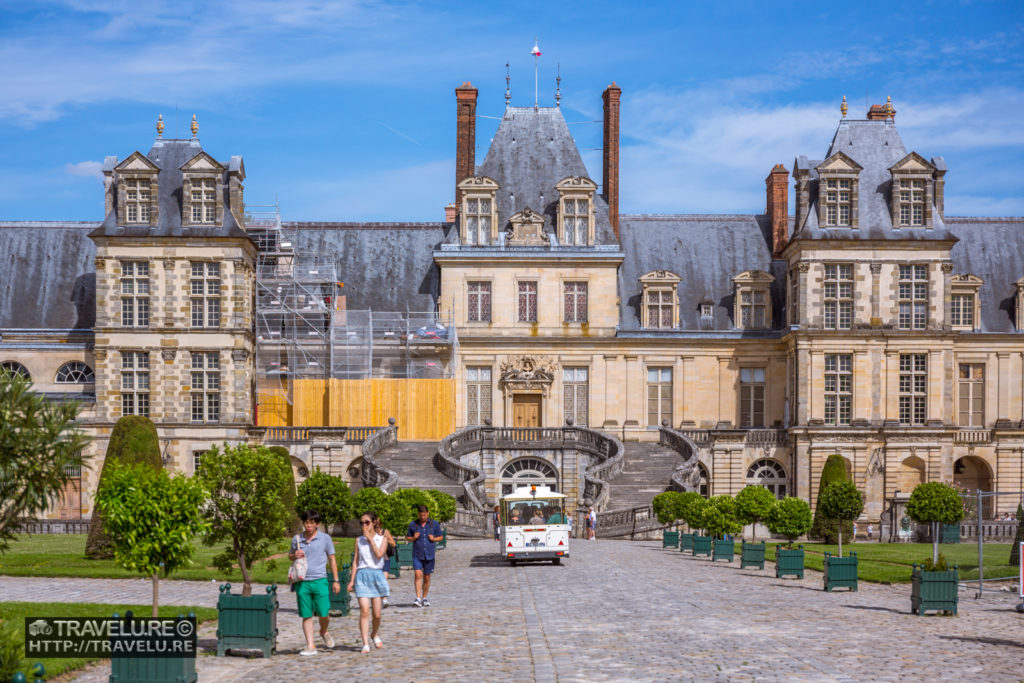
Chateau de Fontainebleau dates from 1137 CE. Thomas Becket consecrated its chapel 32 years later. And the canonised king, Louis IX or Saint Louis, founded a convent here in the mid-thirteenth century.
As each king took residence here every fall, its initial modest structure expanded year on year. Today, the estate and its gardens cover an area of over 230-acre! It is a 1500-room palace, and the surface area of its roof alone is over 5 acres.
Pot-pourri Architecture – An Evidence of Many Eras
What we see today, though, is from the early 1500s. Medieval stern convent and Italian artistic styles rub shoulders with the subtle French elegance. Francois-I transformed the medieval fortress and hunting lodge into a royal palace. It brought the Italian Renaissance to Northern France, that too in a royal domain.
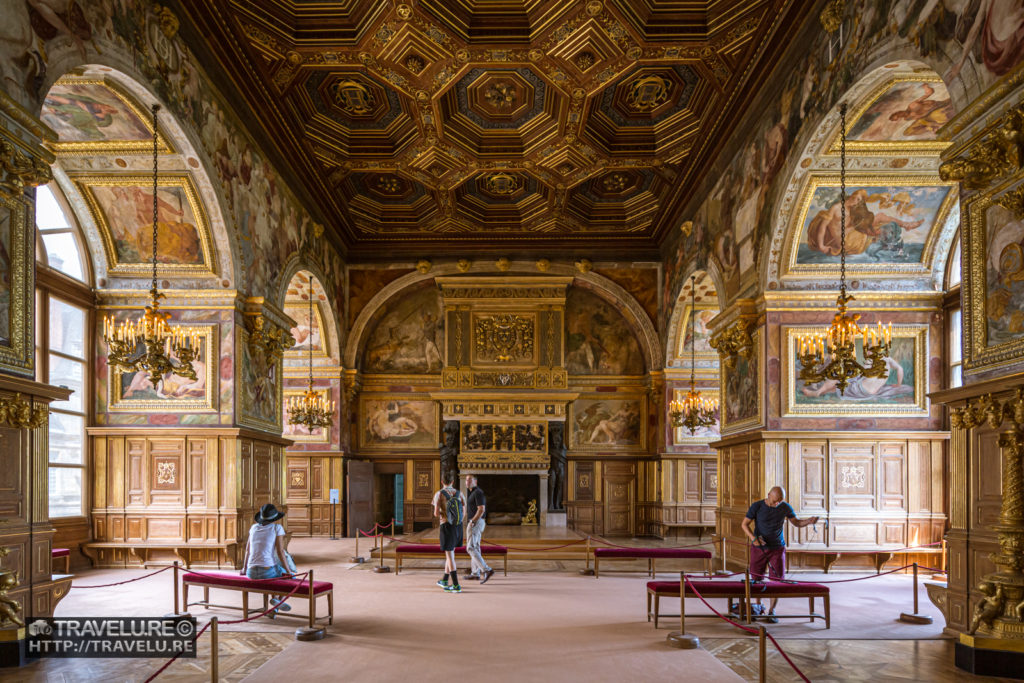
The rooms from the 16th century overwhelm with their richness. Scrutiny will reveal elaborate frescoes, glorious paintings, sculpted frames, recessed ceilings, carvings on wall panels, doors with facets, and more. All these parts come together and create a pleasing whole!
The exterior is a pleasant amalgam of stone and slate. Its steep sloping roofs, the turret-like chimneys, dimensional alcoves, symmetrical arches, rectangular windows, and circular ventilators provide a pleasing look to an otherwise routine facade. The exterior pillars are less for support and more for embellishment.
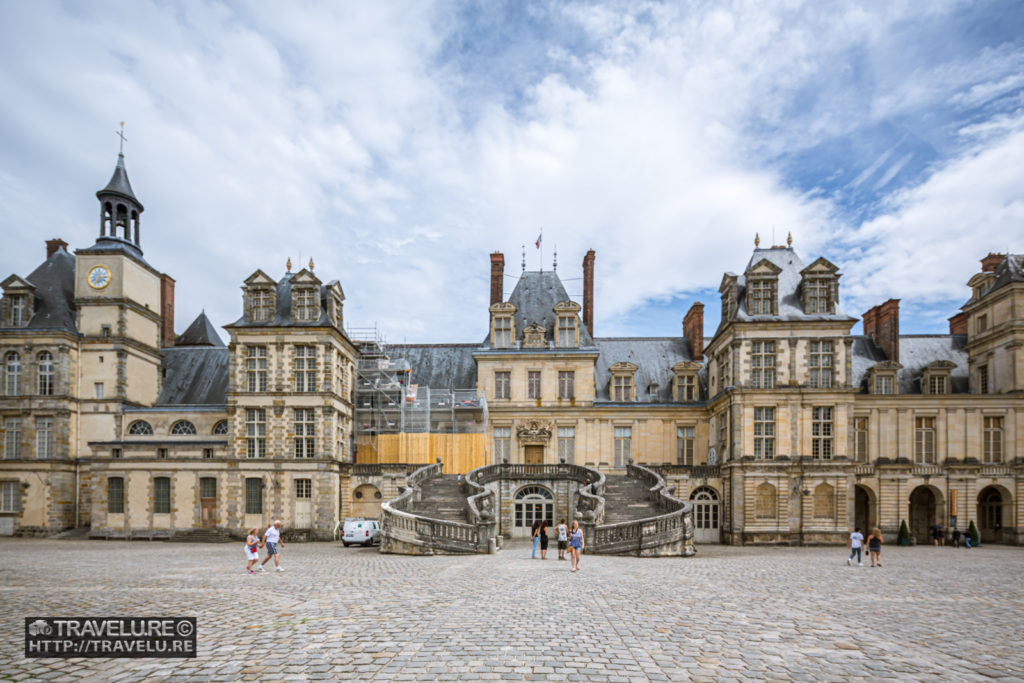
Fontainebleau School of Painting
Mary Antoinette’s Turkish Boudoir, the ballroom with rich Italian hues, and the fancy hallway adorned with frescoes by Rosso Fiorentino are some stunning, yet diverse features of the chateau. The hallway has a sprinkling of Francois’ emblem, the salamander, and his monogram F, everywhere. It was Fiorentino’s work in the hallway that marked the beginning of the French Mannerist school of painting, or the Fontainebleau school of painting.
This sensual and sophisticated painting and sculpting style is in evidence not just in the hallway, but all over the chateau, including the ballroom. For centuries, royalty used the chateau’s ballroom for ceremonies, parties, and dinners. It carries a strong imprint of Napoleon Bonaparte. A strong emblematic golden N emblazons its gates. He in fact called Fontainebleau chateau the true abode of kings. Even during WW II when the Germans requisitioned the chateau for the army, they used it for concerts by the Berlin Philharmonic. There is little doubt the place has seen a lot of history.
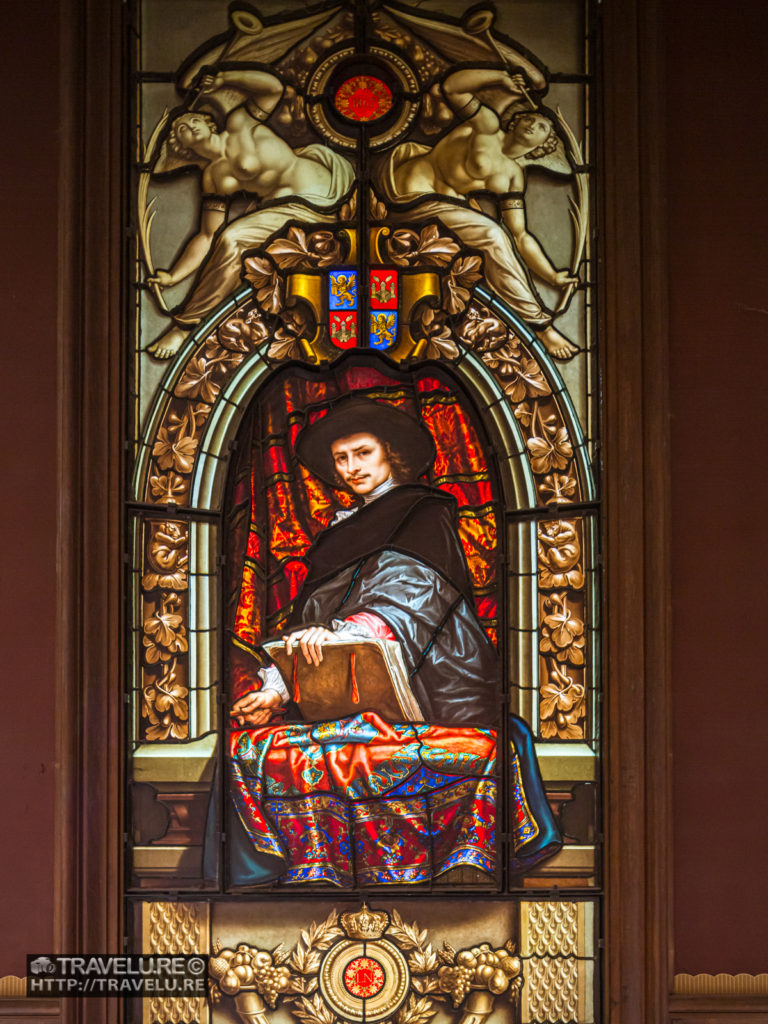
Stepping Outdoors
No matter where you step out of the chateau from, you land up in a vast courtyard, larger than the courtyard outside the palace of Versailles. Had it been smaller, walking across would not be a chore. But given its size and cobblestone paving, uncomfortable footwear will make your progress towards the estate gardens painful.
Just next to the chateau is a carp pond, a grotto, and a pavilion. The pond served as a venue for the boating parties and provided fish, both for the table and for fun. A small island in the middle of the carp pond houses the pavilion. Louis XIV had it built as a relaxation retreat during the fishing and hunting outings.
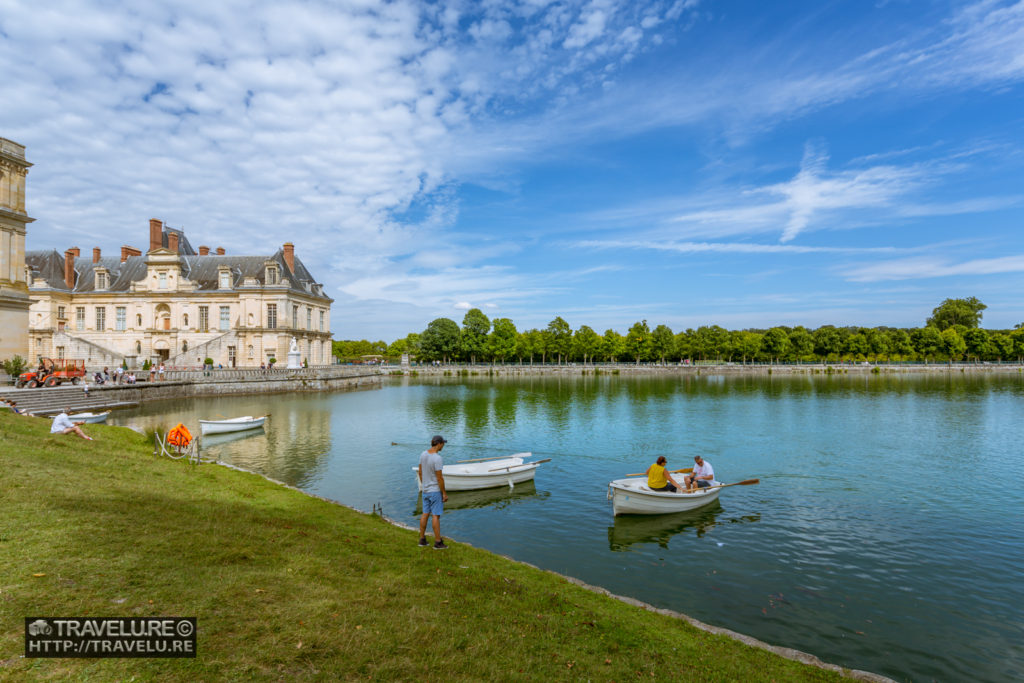
After falling in love with the formal gardens of the Vaux de Vicomte estate, Louis XIV commissioned many remarkable gardens, including the ones in Versailles. Here, too, he commissioned the Grand Parterre. It accords a perfect vantage point to admire the asymmetry of the chateau’s linked buildings. This garden is said to be the largest in Europe. Its water bodies are larger in numbers, compared with the formal gardens of Chateau Versailles.
Based on your liking, here, you could spend the entire day indoors, or outdoors. The estate offers a variety of surprises, both indoors and outdoors. Choose your preference, pack a picnic hamper, and head over to this heritage gem that features on the UNESCO World Heritage List since 1981.
Next week, we’ll stay on land on an island, and avoid the sea.

